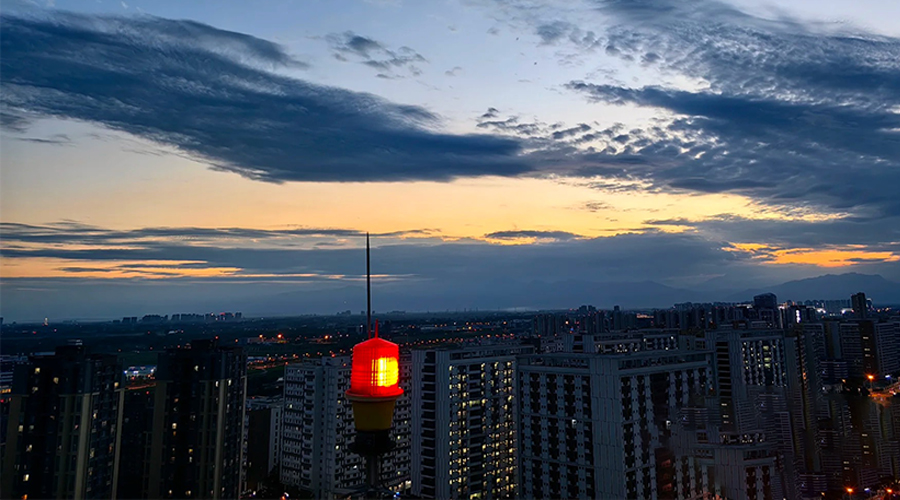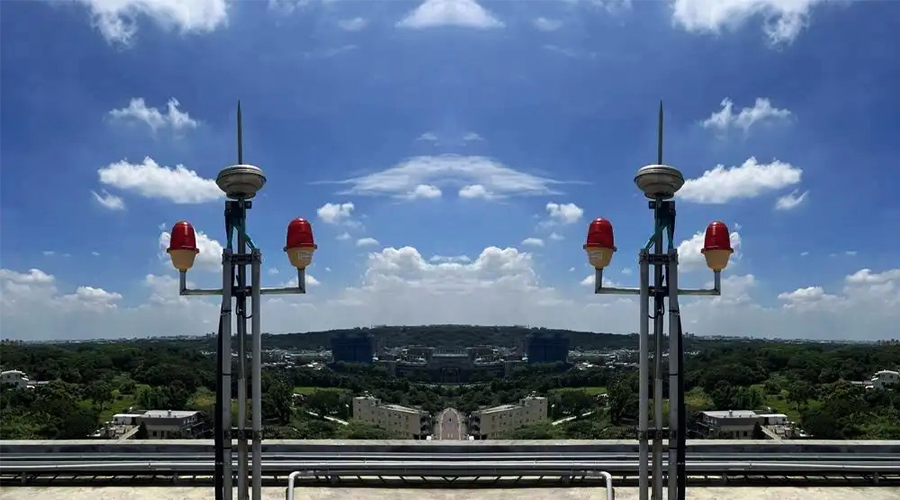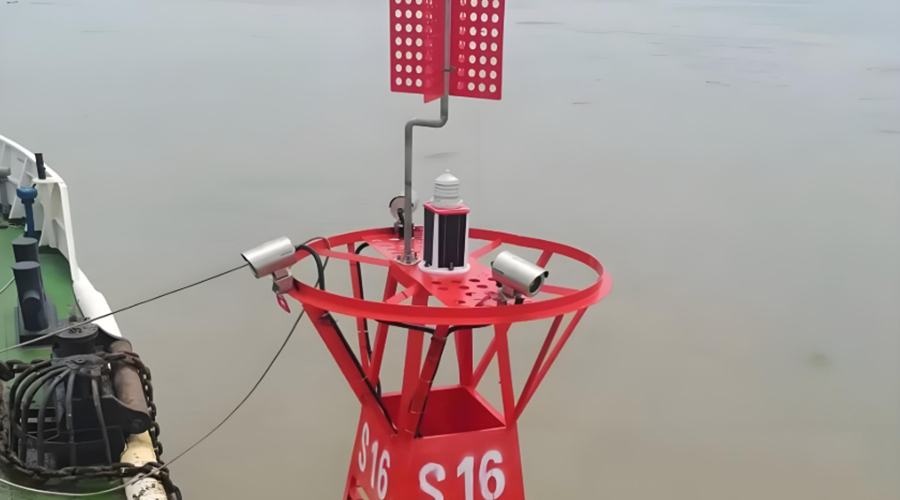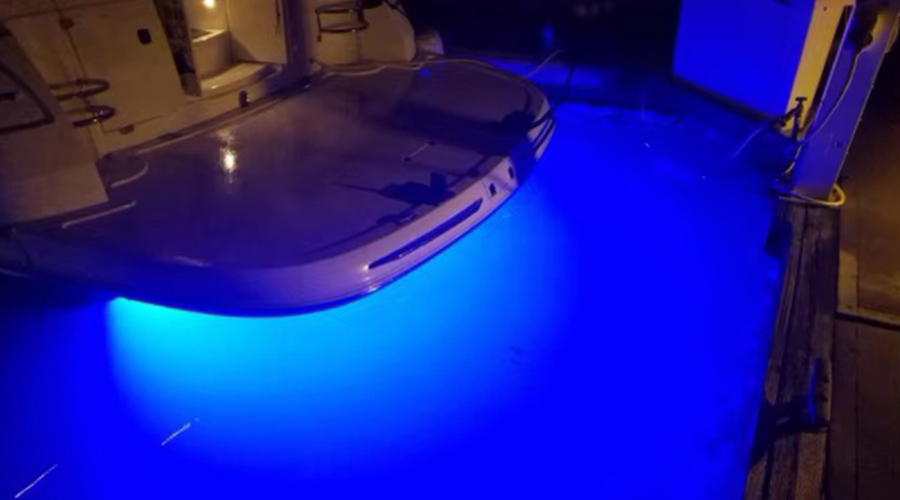
What Color Is Used For Obstruction Lighting?
Aviation obstruction lighting has 3 types. What are the basis and characteristics of the color selection? Let us understand several

Obstruction lighting are mainly aviation obstruction lights, and their color selection & application are crucial for high-altitude warnings.
Aviation obstacle lights are important equipment to ensure the safety of aircraft. Their color selection is not determined at random, but is a combination of optical principles, international standards, and the needs of actual application scenarios.
According to the standards of the International Civil Aviation Organization (ICAO) and the aviation regulations of various countries, the colors of aviation obstruction warning lights are mainly red and white, and other colors such as yellow and blue are only used in specific scenarios. The specific classifications are as follows:
1. Red obstruction lights
Usually used for obstacles below 105m above sea level, or airport runway areas.
Red light has a longer wavelength and a stronger ability to penetrate severe weather such as haze, and the scattering effect of air molecules on red light is weak, so it can be clearly seen at a long distance. This is also the reason why traffic lights, warning signs, etc. use red.
2. White obstruction lights
Used for high-rise buildings or super-high-rise obstacles (such as skyscrapers and communication towers) above 105m above sea level, and are often used in combination with red lights.
White light is a composite light with high light intensity and eye-catching, suitable for attracting attention in clear weather. Its high brightness can make up for the lack of visibility of red light in sunny environments.
3. Yellow / blue obstruction lights
Yellow is mostly used for vehicle warnings (such as airport ground vehicles), while blue is used for mobile obstacles or emergency scenarios.
These two colors are rarely used in fixed obstacles and must comply with specific specifications.
1. Height & color matching
Below 105 meters: red lights must be used;
Above 105 meters: white lights are mainly used, and red and white lights are installed alternately to indicate the height when necessary.
For example, the top of the Shanghai Tower (632 meters) uses white high-intensity obstruction lighting, and the middle layer is supplemented with red light strips for layered warnings.
2. Light intensity & flashing frequency
1. Airport periphery: red airport runway lights are used at the end of the runway, and white lights are mainly used for adjacent buildings to avoid confusion with runway signals.
2. Ships & mobile obstacles: Blue marine lights are used for ship masts, and yellow ocean navigation lights are used for temporary facilities on construction sites.
3. City skyline: A financial center in the United States (599 meters) uses white high-intensity obstacle lights with a flashing interval of 2 seconds at night, which meets the ICAO warning requirements for super high-rise buildings.
The color selection of aviation obstruction lighting is the joint result of physics, engineering and safety regulations. In the future, with the development of LED and solar technology, the lighting efficiency and intelligent control of high-altitude obstacle lights and solar aviation warning lights will be further improved, but the underlying logic of color design will still revolve around safety and visibility.

Aviation obstruction lighting has 3 types. What are the basis and characteristics of the color selection? Let us understand several

Type B Aviation Obstruction Warning Light was successfully installed in Malaysia, helping pilots to further avoid the hidden dangers of

20nm solar navigation lights are mainly used for offshore buoys, inland river buoys, fixed light poles, offshore wind power platforms

Underwater fishing light with IP68 – Different types of underwater lights correspond to different choices for deep water, shallow water,

60W underwater lights are commonly used for yacht, dock and pond lighting. IP68 waterproof, corrosion-resistant, pressure-resistant, and highly sealed.
Copyright © 2024 Shaanxi Yuefeng Feiyao Technology Co., Ltd. | Powered by YFFY Lights